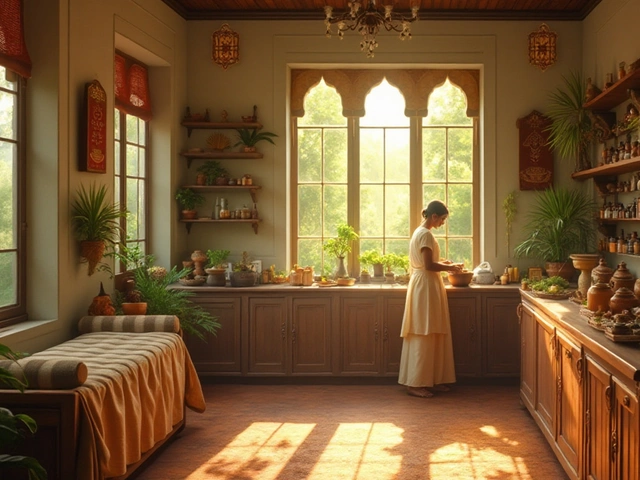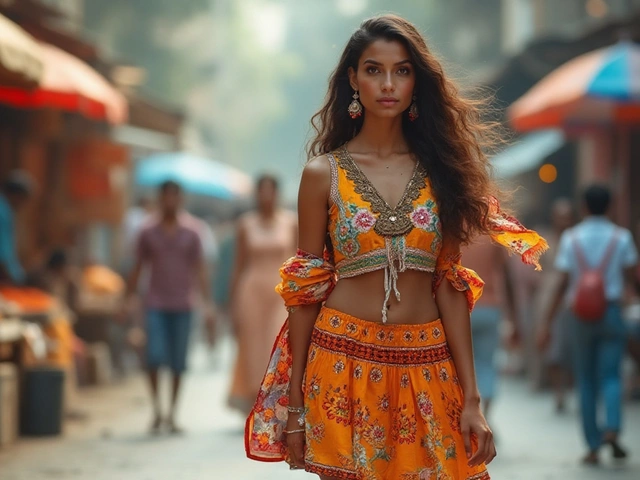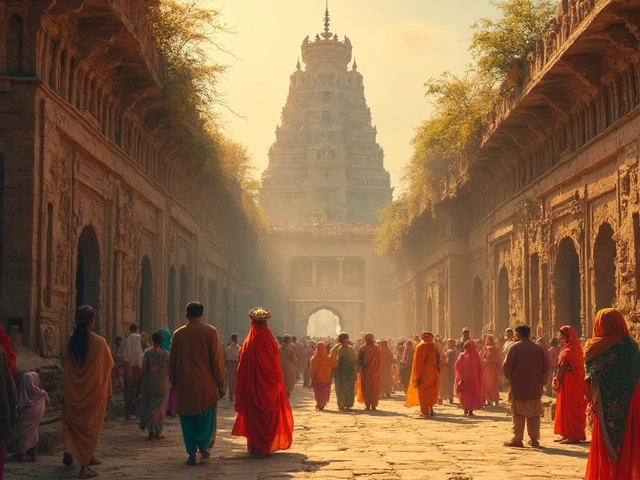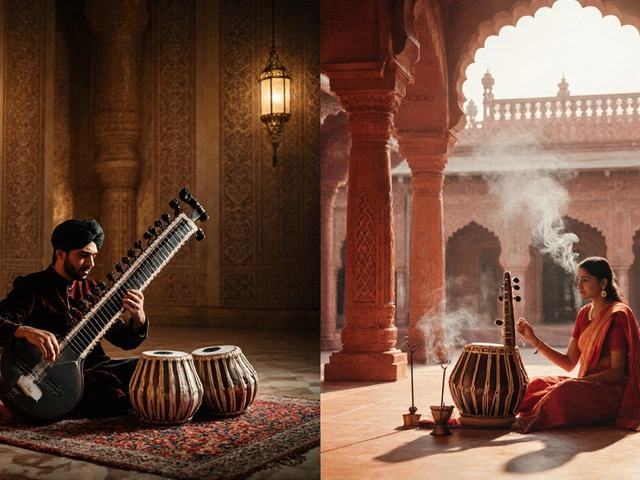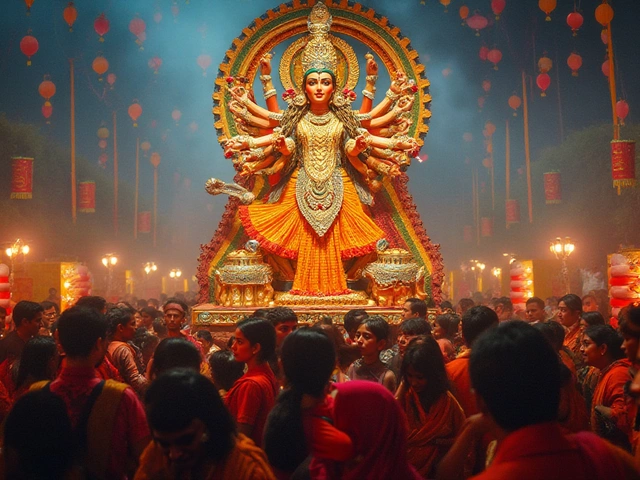Bandhani: The Tie-Dye Art of India's Heartland
When you see a vivid red and yellow dupatta with tiny dots, you’re looking at Bandhani, a traditional Indian tie-dye technique where fabric is tied by hand before dyeing to create intricate patterns. Also known as bandhni or bandhni work, it’s more than just a textile—it’s a craft passed down through generations of women in Gujarat and Rajasthan, where every knot tells a story of patience, skill, and cultural pride. Unlike machine-made prints, Bandhani is done entirely by hand, using nothing but a needle and thread to pinch and tie tiny sections of cloth. The tighter the knot, the lighter the dot that remains after dyeing. It’s a slow process—one artisan might spend days tying just one sari, and the result is never exactly the same as another.
Bandhani isn’t just about color. It’s tied to life events. In Rajasthan, brides wear deep red and black Bandhani lehengas, symbolizing strength and fertility. In Gujarat, women wear bright yellow and green Bandhani during festivals like Teej and Navratri, when the whole community dances in matching fabrics. The patterns have names too—boond for single dots, shikari for hunter’s nets, chhaunki for clustered dots. Each design carries meaning, often linked to local beliefs or regional identity. The dye itself comes from natural sources: indigo from plants, turmeric for yellow, madder root for red. Even today, many artisans avoid synthetic dyes because they believe the natural ones carry the soul of the fabric.
Bandhani connects to other Indian traditions you might already know. It shares roots with Pithora painting, a sacred tribal art from Gujarat that uses vibrant colors and symbolic imagery, both rooted in rural communities where art isn’t separate from daily life. It’s also part of the same textile heritage as Gujarati street food, a vibrant, colorful culinary tradition—both are bold, layered, and full of regional character. You’ll find Bandhani in the same markets where you’d taste fafda and jalebi, worn by the same women who cook them.
What makes Bandhani special isn’t just how it looks, but how it’s made. There’s no factory, no automation. It’s women sitting under trees, tying knots by sunlight, dipping fabric in vats of dye, and hanging it to dry in the open air. This craft survives because it’s loved—not because it’s trendy. And if you’ve ever worn a Bandhani scarf or seen one in a wedding procession, you’ve touched a piece of living history. Below, you’ll find articles that explore how Bandhani fits into India’s wider cultural fabric—from the festivals where it shines to the artisans keeping it alive today.

